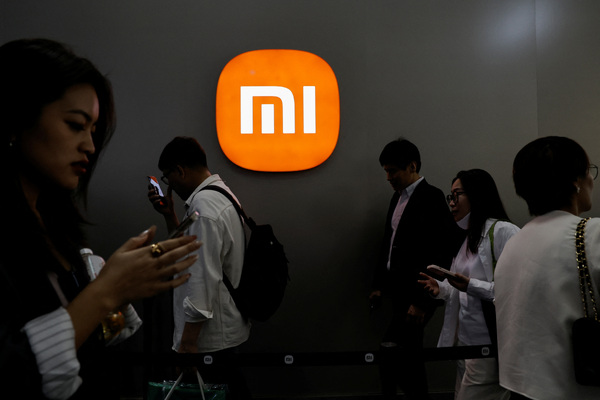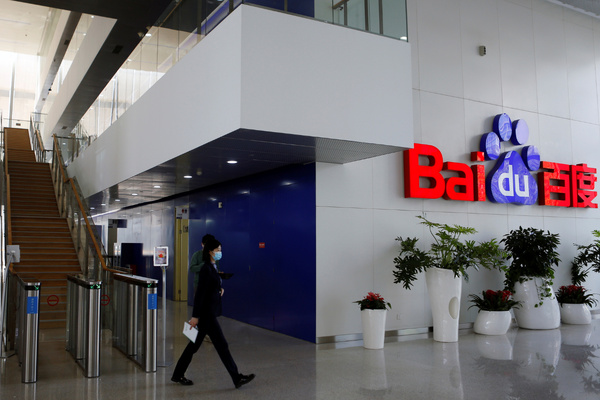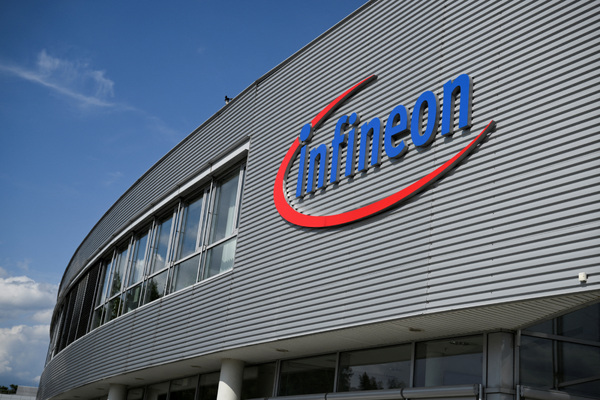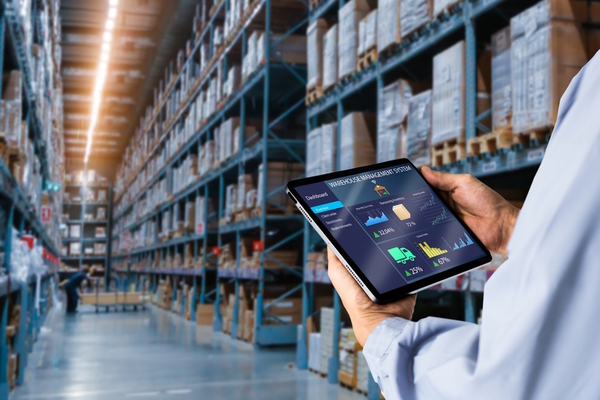SupplyChainTalk: Smarter sourcing, stronger partnerships and agile inventory
On 14 May 2025, SupplyChainTalk host Alastair Charatan was joined by Tom Bernth, Director, Global Supply Chain, Southworth International Group, Inc.; and Derek Westfall, President, Westfall Consulting Group.
Views on news
By placing America’s enormous market behind a wall of tariffs, the Trump administration hopes to force companies to move production there, making it once again a manufacturing powerhouse. But shifting factories to America will be harder than the administration expects. Labour in the US costs twice as much as in China and six times as much as in Vietnam, while automation, rather counterintuitively, is lagging in the US with 295 robots for 10,000 workers, while the same ratio is 470 in China and more than a thousand in South Korea.
Shortage of labour also affects the construction industry, hindering the building of new factories. A major problem is that the blue collar jobs that re-shoring is bringing back to the US are not wanted by Americans.
Finding alternative suppliers
Finding alternative suppliers and dual sourcing for specialist items is much harder than for general ones. While China ticks all the boxes from raw material to cost of labour to overheads, some countries closer to Europe, such as Turkey, may offer advantages over the US in most of the categories. There is also the additional cost of finding a new supplier, which is far from negligible.
With a new supplier, there are often quality issues at the beginning, which is hard to rectify if they operate overseas. With dual sourcing, companies may also lose out on volume economics as they are spreading their orders across suppliers. Making the supply chain more resilient comes at a cost of lower efficiency most of the time. To cut costs, manufacturers must work closely with their suppliers and share their own demand forecast figures with them, so they have time to stock up for peak production.
Businesses have adopted two main strategies to deal with new tariffs. They either introduced a surcharge that goes away as soon as tariffs have, or they hiked up their prices by 7-10% to cover tariffs – and these increases will never go away. Procurement understands the importance of stock planning, as they will be the ones to blame for both stockouts and overstocking. It’s usually the C-suite that don’t fully grasp yet why inventory nowadays costs more.
The panel’s advice
- Eliminate silos between procurement and the sales team to produce more accurate forecasts.
- Looking back six months, which ERP systems typically allow is no longer enough. You must look further back, as well as look forward.
- Covid was a master class in supply chain risk management.

Business Reporter Team
Most Viewed
Winston House, 3rd Floor, Units 306-309, 2-4 Dollis Park, London, N3 1HF
23-29 Hendon Lane, London, N3 1RT
020 8349 4363
© 2025, Lyonsdown Limited. Business Reporter® is a registered trademark of Lyonsdown Ltd. VAT registration number: 830519543





